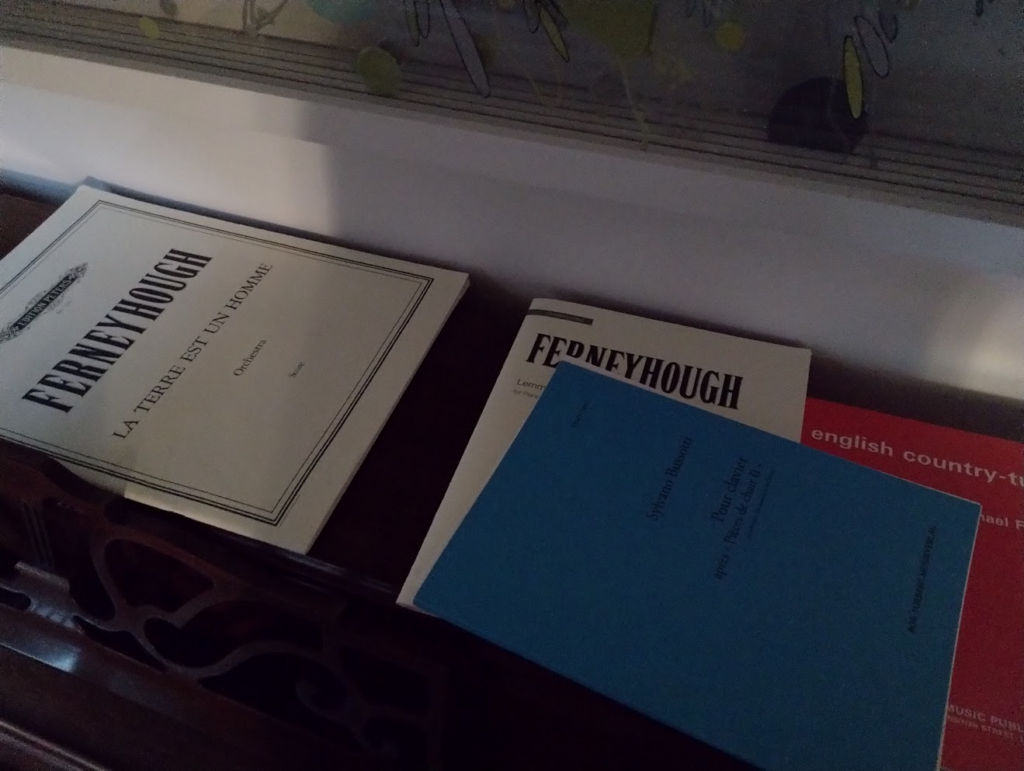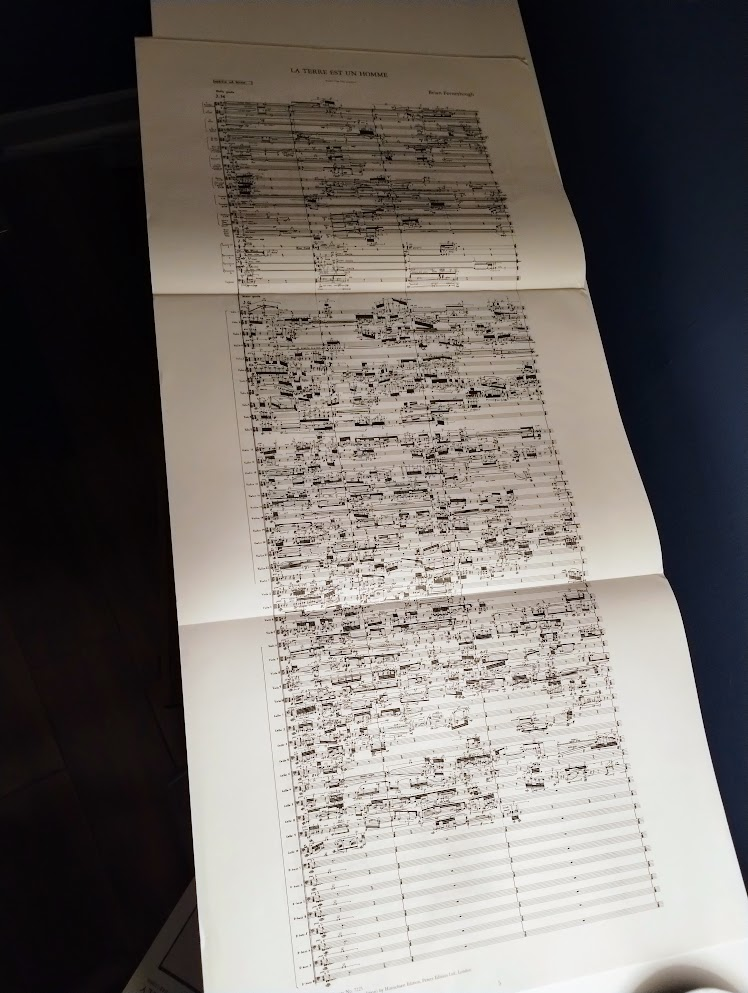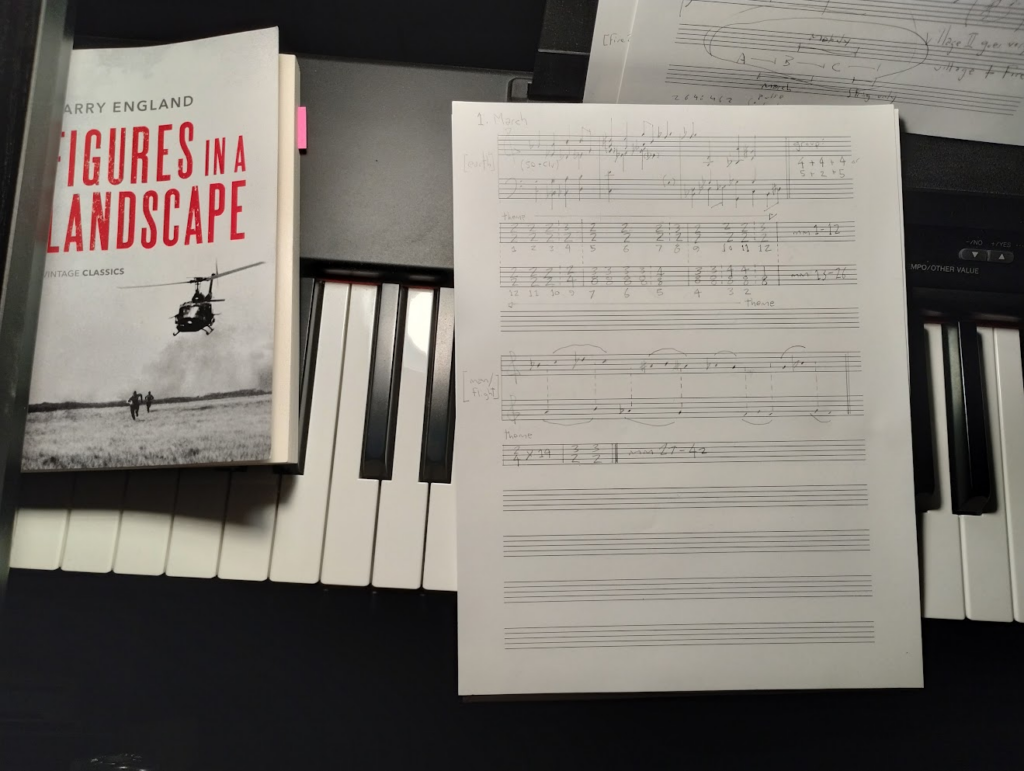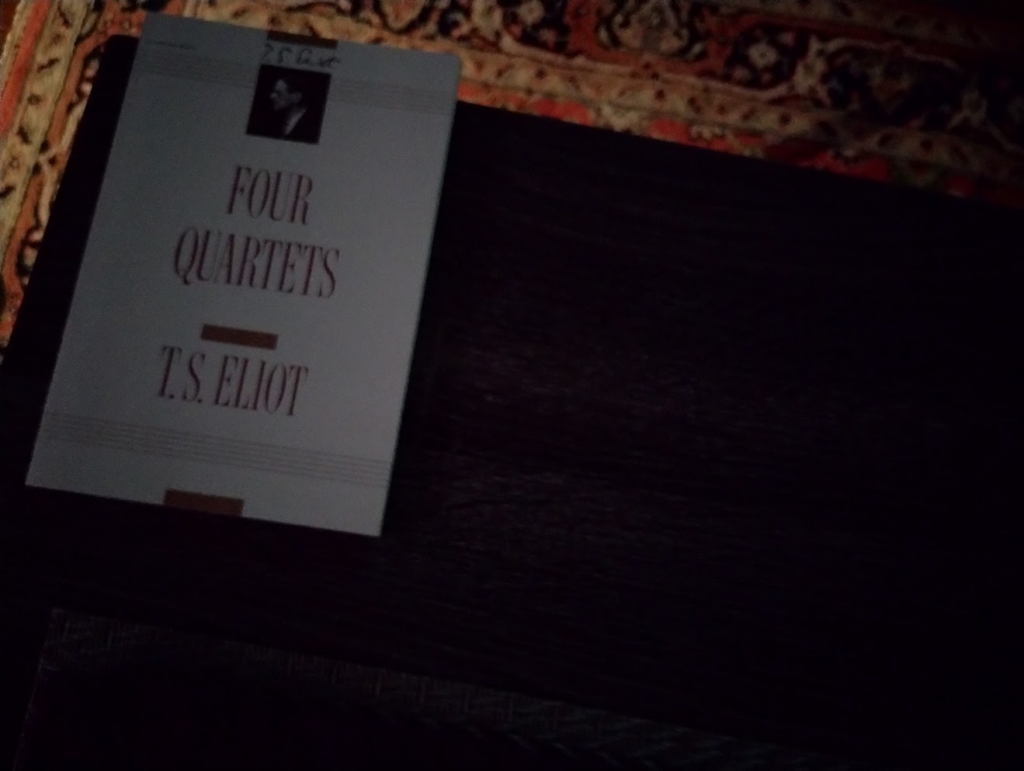A couple of years back I purchased the score for Finnissy’s piano collection English Country-Tunes, a beautiful score and equally arresting music. The first time I listened to it it deeply terrified me. Following that, and following along with the New Complexity composers, I purchased Ferneyhough’s Lemma-Icon-Epigram. Another stunning piano work. (And one, equally, I’d never be able to play.) Since then I’ve purchase a couple of other beautiful modern scores.

I’ve always used an internal structure when composing music. That is obviously what composers do but some works are more mechanically structured than others. This idea of using a bespoke process to compose is called, simply, “process music“. It came to the fore in the 60s with Minimalism but is also present in Serialism, the music of composers such as Elliott Carter, or New Complexity works. (It’s a very 20th century thing but writ large it can, in a way, be seen in Baroque or Classical fugues.) A keen example is the metric puzzle found in Lemma-Icon-Epigram where the meter is a sort of numerically altering crab canon underlying the piece as a whole. It is often un-hearable, but unmistakably vital as a reference point for performers. The apparent mayhem of these scores are in some instances made orderly by the processes that underly their composition.

I’ve been working on Figures in a Landscape for almost 10 months and am only around halfway through. It’s become a daily presence in my life. The novel has been sitting on my keyboard for the duration and its emotional impact on me hasn’t diminished. Across the six movements so far completed I have a handful of themes–melodies or chord progressions–that represent recurring incidences or locations in MacConnachie and Ansell’s journey. I began a few months ago creating reference pages of the structure and processes that underly each movement in order to both map out the structure of each and document the themes as they occur and reoccur. The work-as-a-whole has been structured from the beginning in number of movements and the scenes they represent and orchestral texture (subject to replanning as unworkable assumptions are found) but themes and processes are only created as the composition progresses. My previous works were never as thematically integrated.
As I compose my scoring notes are an absolute and shameful mess. These reference pages are somewhat cleaner. Without returning to previous movements and documenting the structures that have manifest I would lose the map that informs subsequent movements. Very helpful.

Updated 21 Apr 2023
I just finished T.S. Eliot’s Four Quartets. I read through the first three a few months ago and on hearing that Ralph Fiennes had performed a reading, I had to finish in order to be ready for the film whenever it came to town. One key aspect I realized was, equivalent to process music, poetry has always had a structure below-the-surface that informs the reader and yet might not be perceived by the listener. This seems key. And obvious.
